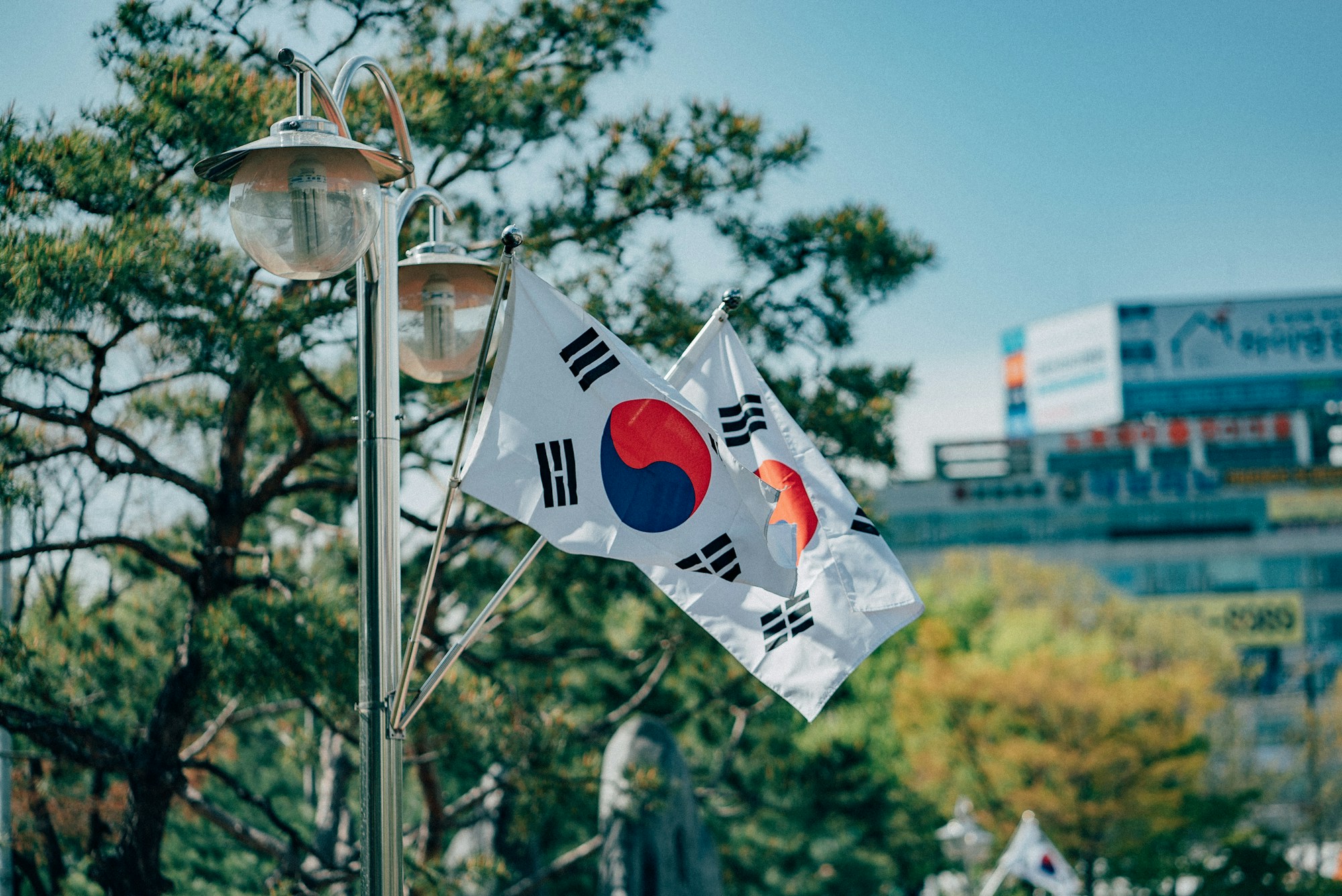Exploring South Korea's Local Cuisine: Dishes, Restaurants & Recipes

Exploring South Korea's Local Cuisine: Dishes, Restaurants & Recipes
South Korea is a country rich in cultural heritage, and its cuisine reflects this diversity. From fiery, spicy flavors to umami-packed dishes, there is something to tantalize every taste bud. Here, we will take a journey through South Korea's local cuisine, highlighting some famous dishes, must-visit restaurants, and even sharing a few recipes for you to try at home!
Famous Korean Dishes
South Korea boasts a range of iconic dishes known worldwide. Here are a few that you simply can't miss: 1. Bibimbap: This colorful dish consists of a bed of rice topped with various sautéed vegetables, meat (usually beef), and a fried egg. Mix it all together with some spicy gochujang (red chili pepper paste) for a delightful explosion of flavors. 2. Bulgogi: Thinly sliced marinated beef or pork cooked on a grill is what defines this dish. The meat is often served with lettuce leaves and an assortment of condiments, allowing you to create your own delicious wraps. 3. Kimchi: Considered a staple in Korean cuisine, kimchi is fermented cabbage with a spicy kick. The combination of flavors from garlic, ginger, chili peppers, and salted seafood is a taste sensation. 4. Jjajangmyeon: Noodles smothered in black bean sauce with savory bits of meat and vegetables make this dish a favorite among locals. It's a comfort food that will leave you feeling satisfied.
Must-Visit Restaurants
When exploring South Korea, diving into the vibrant food scene is a must. Here are some restaurants to add to your culinary itinerary: 1. Gwangjang Market: Located in Seoul, this bustling market is a haven for street food lovers. Indulge in authentic dishes like bindae-tteok (mung bean pancakes), tteokbokki (spicy rice cakes), and mayak gimbap (bite-sized seaweed rolls). 2. Pyeongyang Myeonok: Situated in the heart of Seoul, this restaurant specializes in naengmyeon, a cold noodle dish typically garnished with radish, cucumber, and slices of beef. Cool down during the hot summer months with this refreshing specialty. 3. Myeongdong Kyoja: This legendary restaurant in Seoul has been serving up hearty bowls of kalguksu (handmade noodle soup) for over 50 years. Get a taste of Korean comfort food at its finest. 4. Busan Milmyeon: If you find yourself in the city of Busan, be sure to visit this renowned eatery for a bowl of milmyeon. These chewy wheat noodles are served cold and paired with a tangy broth, making for a delightful combination.
Recipes to Try at Home
For those who enjoy experimenting in the kitchen, here are a couple of recipes to recreate some classic Korean dishes: 1. Bibimbap Recipe: Ingredients: - Cooked rice - Assorted vegetables (carrots, spinach, mushrooms, bean sprouts, etc.) - Marinated beef or pork (optional) - Fried egg - Gochujang (red chili pepper paste) Instructions: 1. Arrange the rice in a bowl and top with sautéed vegetables and cooked meat. 2. Fry an egg to your desired level of doneness. 3. Place the fried egg on top of the rice and vegetables. 4. Serve with a dollop of gochujang and mix everything together before eating. 2. Kimchi Recipe: Ingredients: - Napa cabbage - Korean radish - Salt - Garlic - Ginger - Red pepper flakes - Fish sauce (optional) Instructions: 1. Cut the cabbage and radish into bite-sized pieces. 2. Sprinkle salt over the cabbage and radish, and let it sit for a couple of hours to draw out moisture. 3. Rinse the cabbage and radish with cold water and drain. 4. In a separate bowl, combine garlic, ginger, red pepper flakes, and fish sauce (if using) to create a paste. 5. Rub the paste onto the cabbage and radish, making sure each piece is coated. 6. Transfer the kimchi into a clean, airtight container and let it ferment for a few days at room temperature before storing in the refrigerator.
